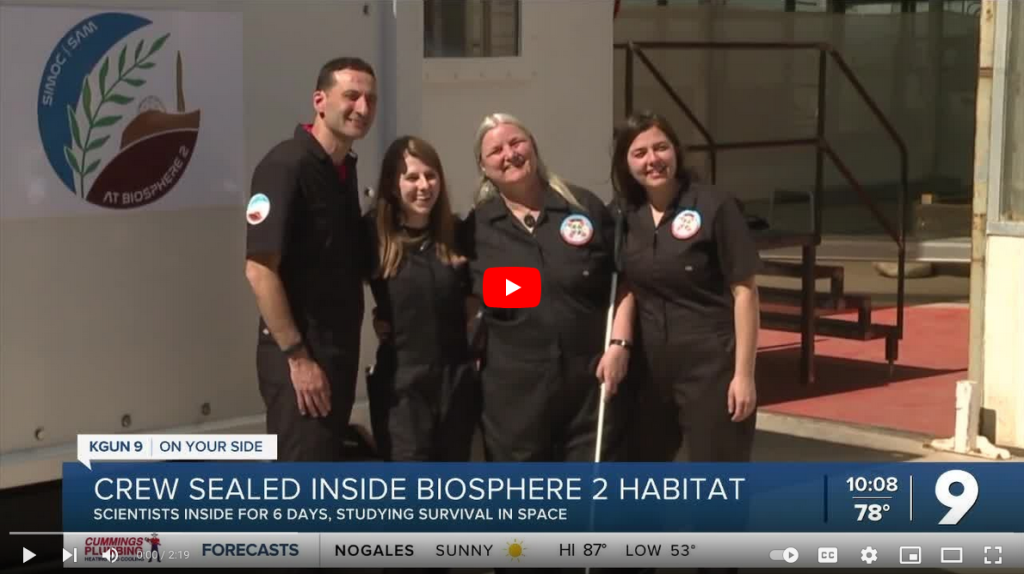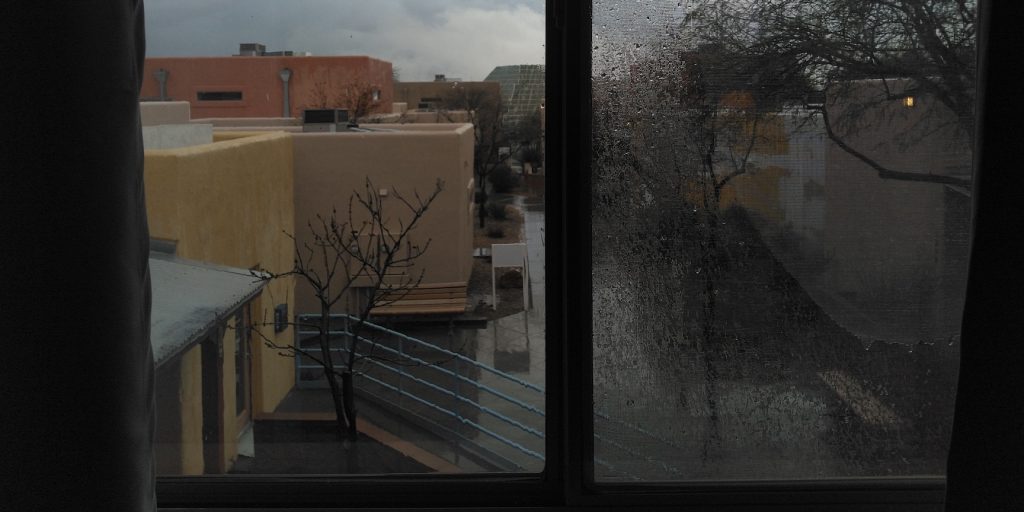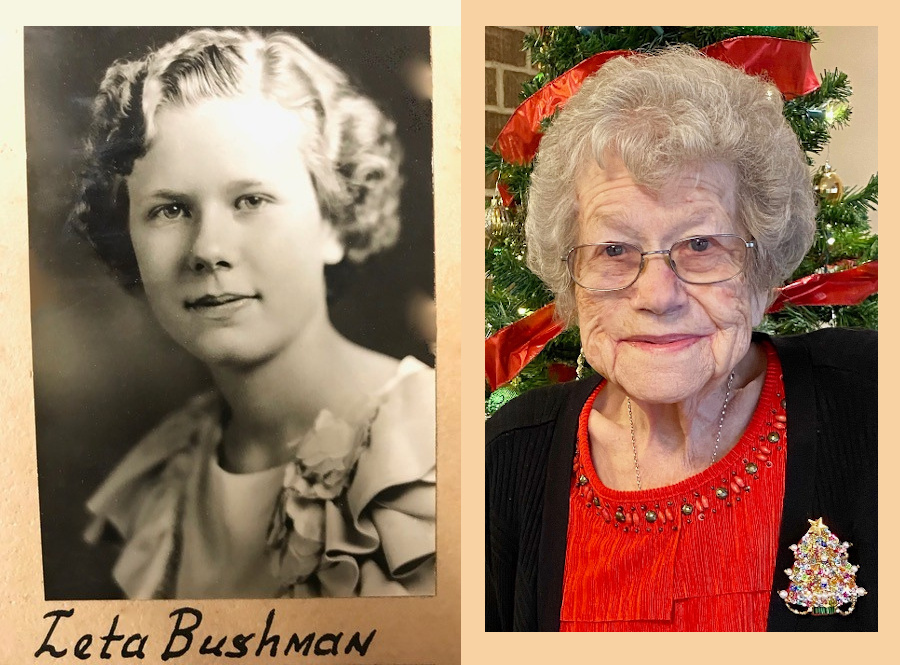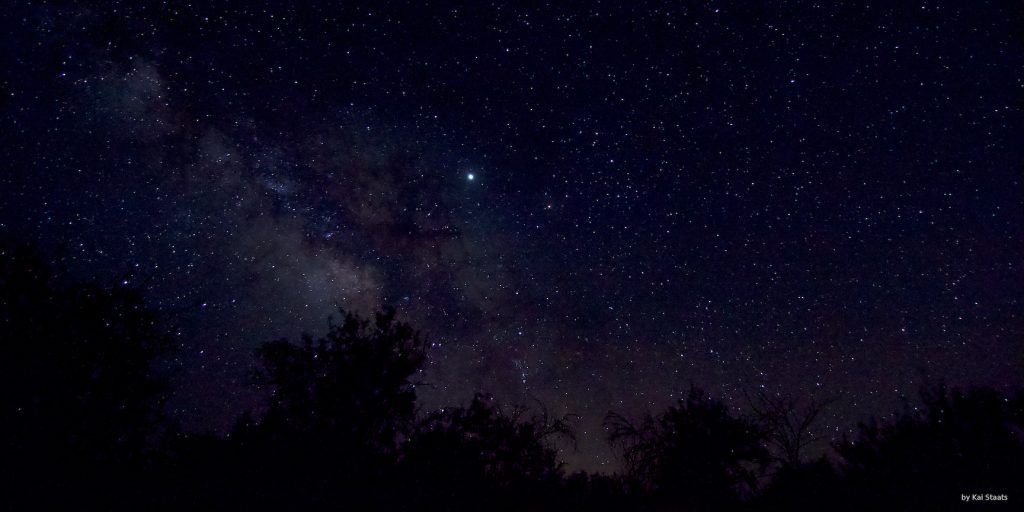Second crew enters SAM
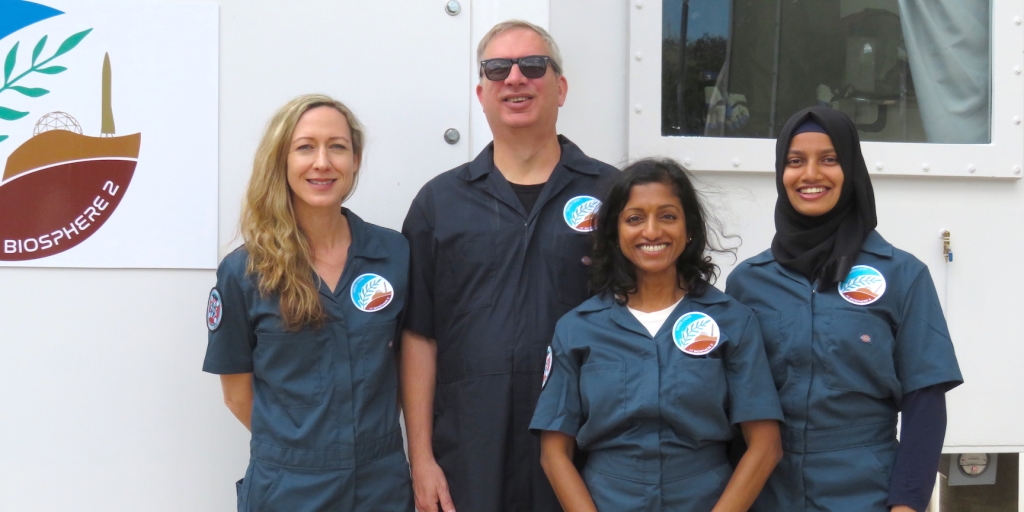
Inclusion II, the second crew to enter SAM, the Space Analog for the Moon and Mars, sealed the outer airlock hatch today, May 10, 2023 at 10:05 AM. Interviews with the French Televisions commenced at 8:30 AM and continued until 9:45 AM when one by one, Bindhu Oommen, Keridwen Cornelius, Sahda Haroon, and Andy Squires entered SAM carrying their personal bins.
As with the first crew, this marks an extraordinary point in my professional life.
Read the full story at samb2.space/2023/05/10/second-crew-enters-sam/ … and the continuing story of SAM design, construction, research, and visiting crews at samb2.space/blog.

